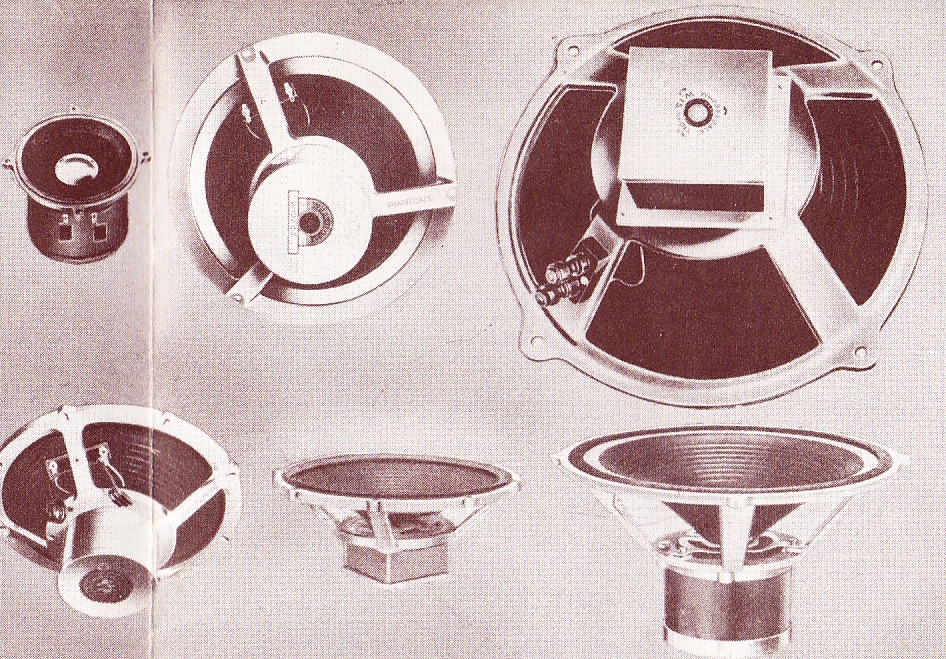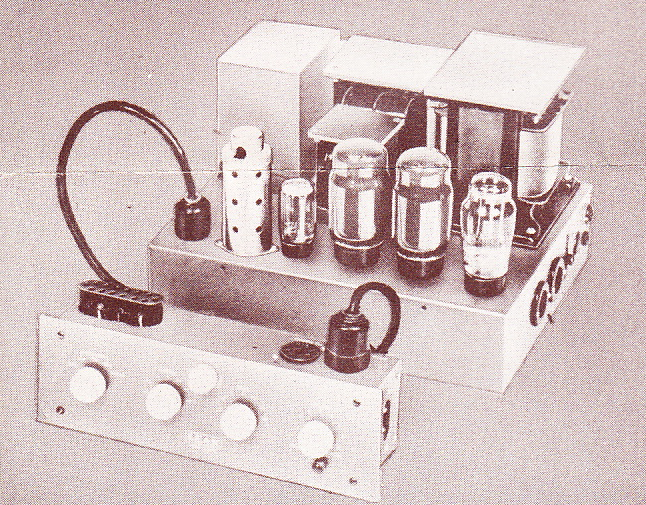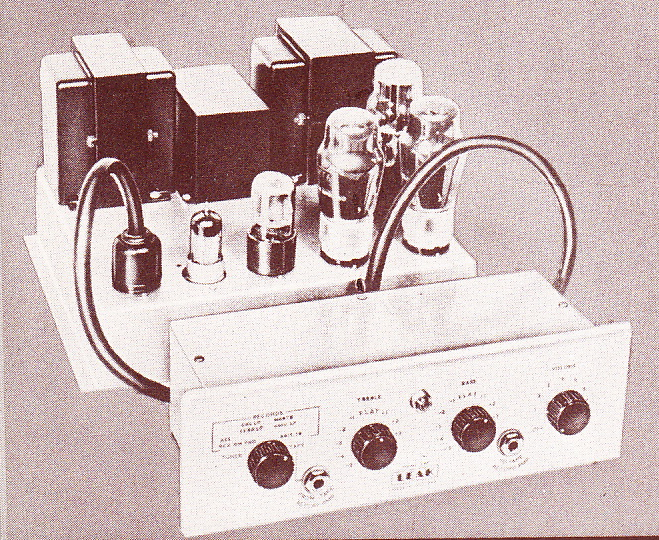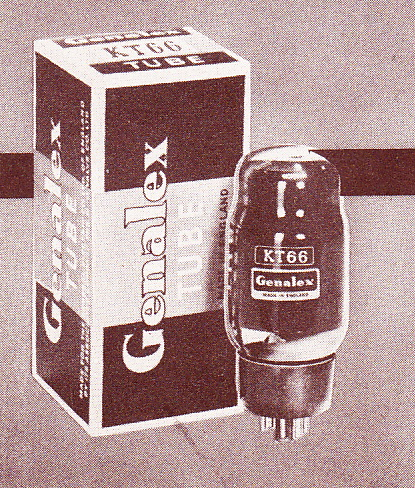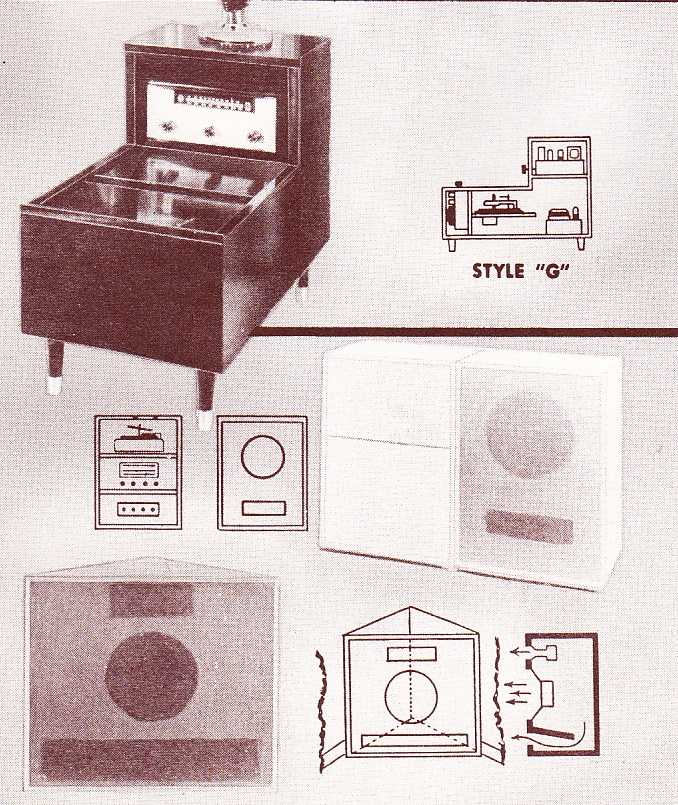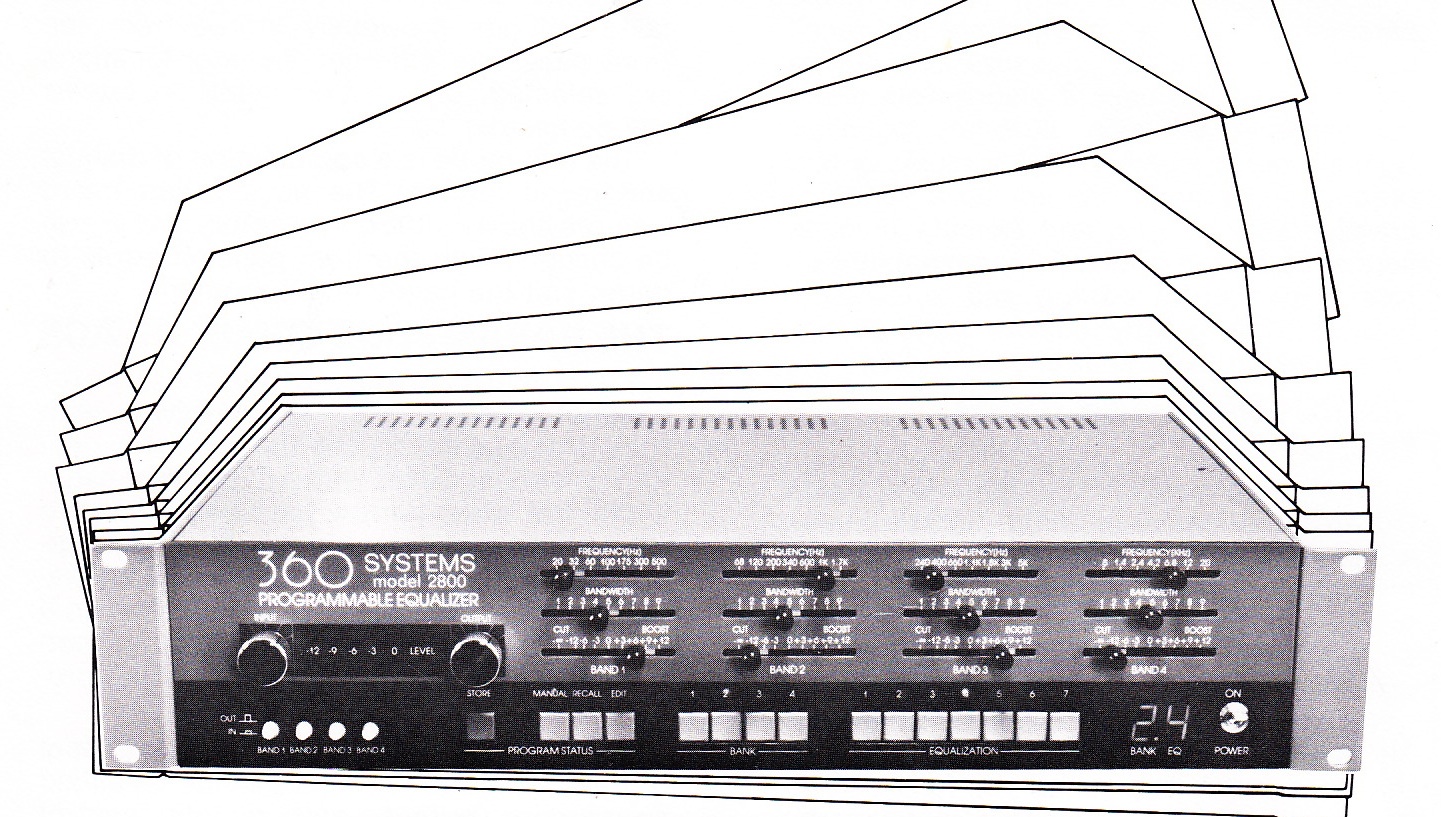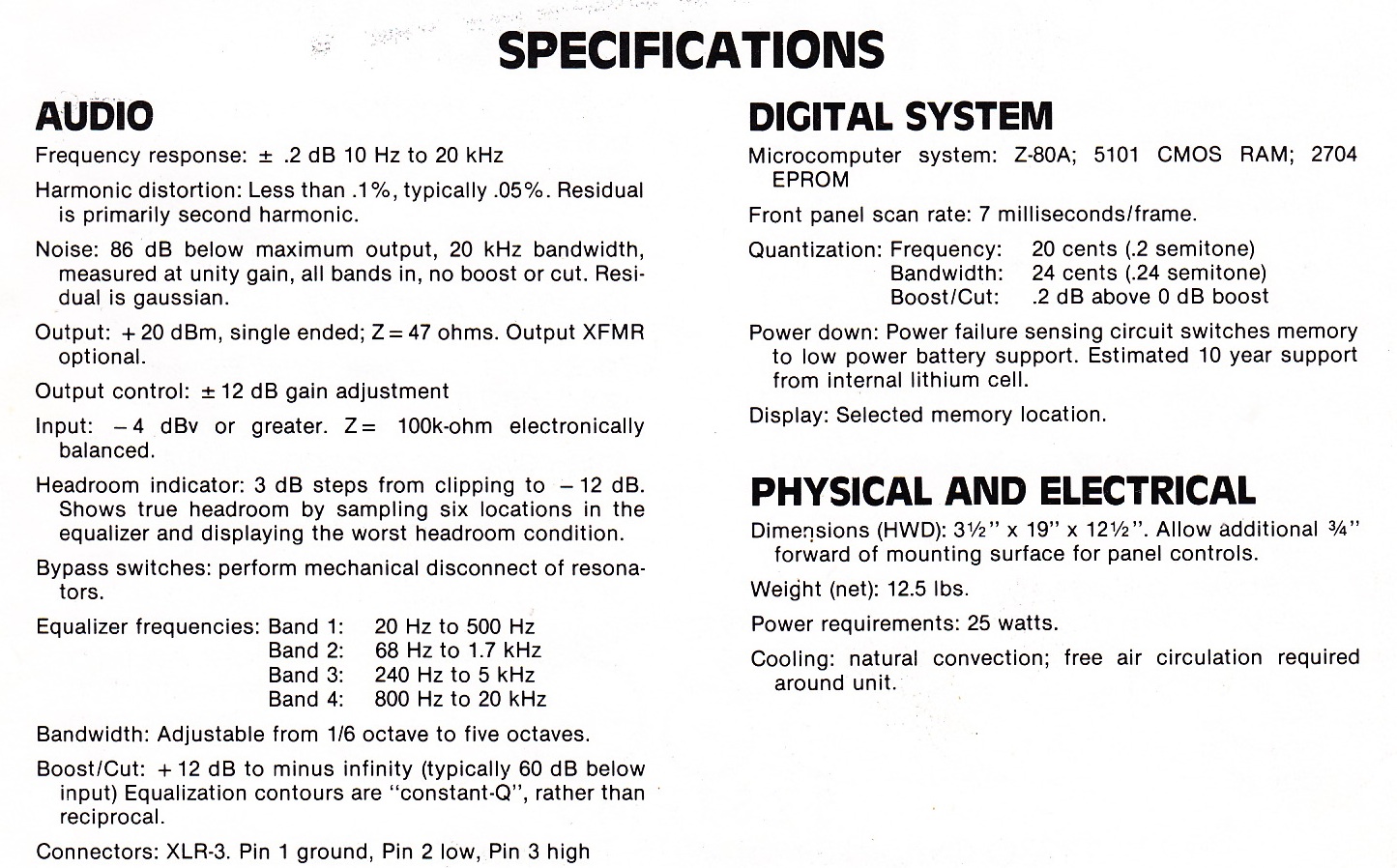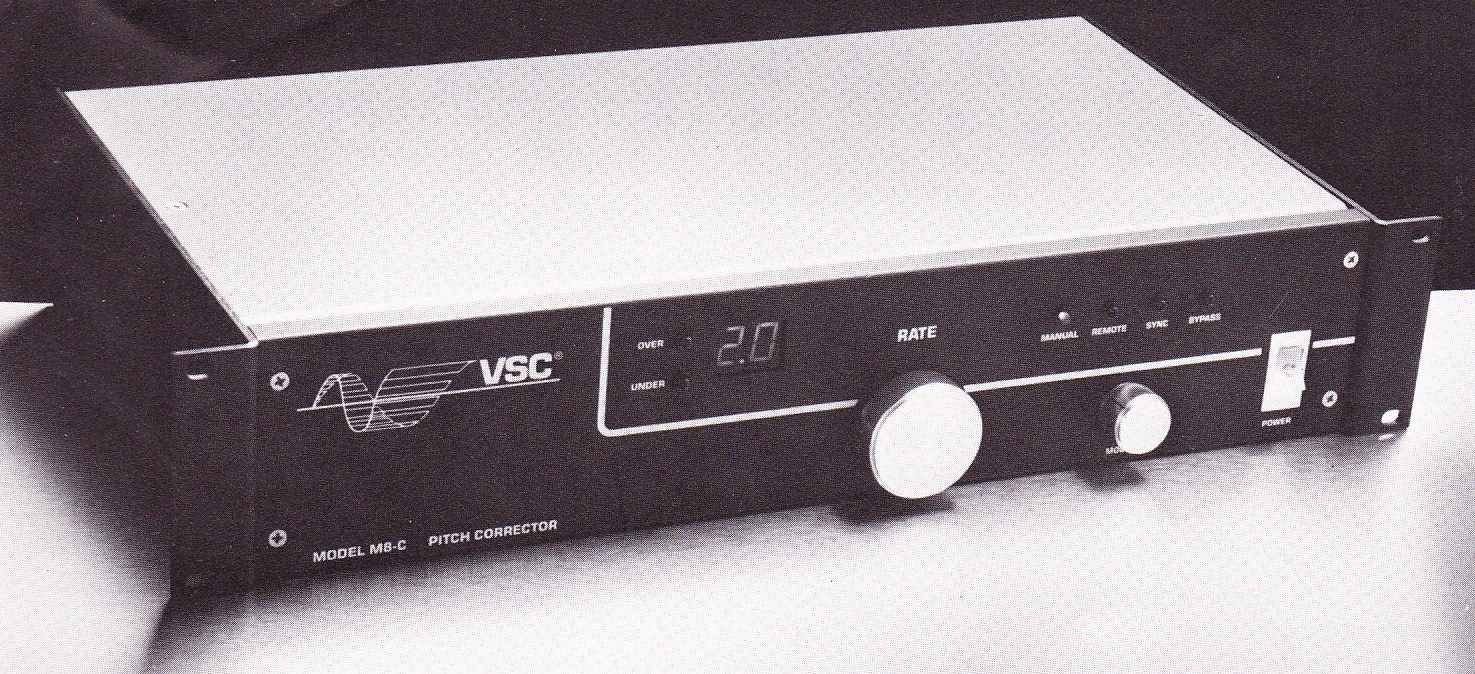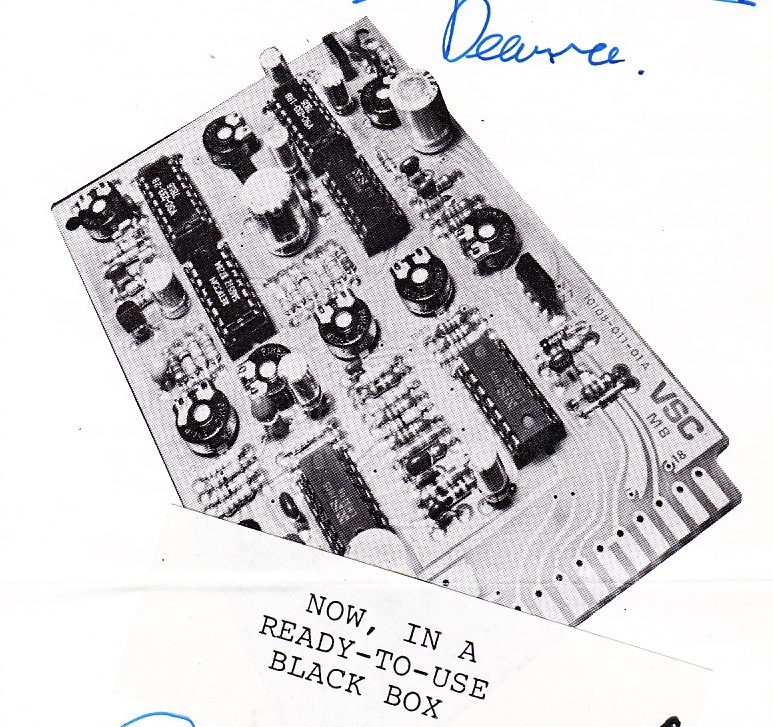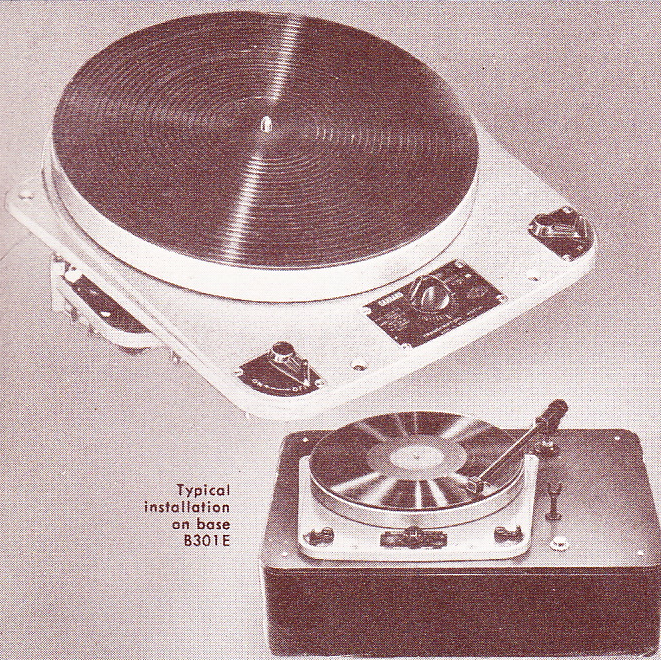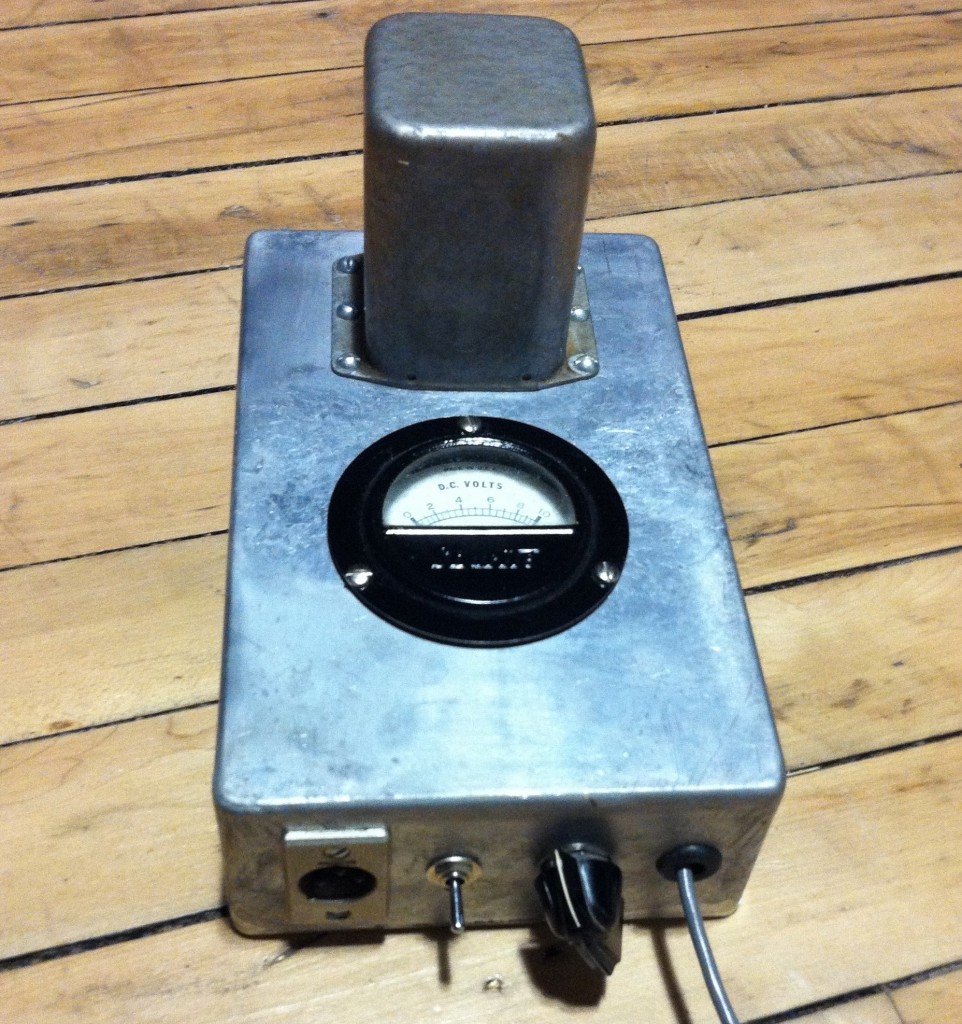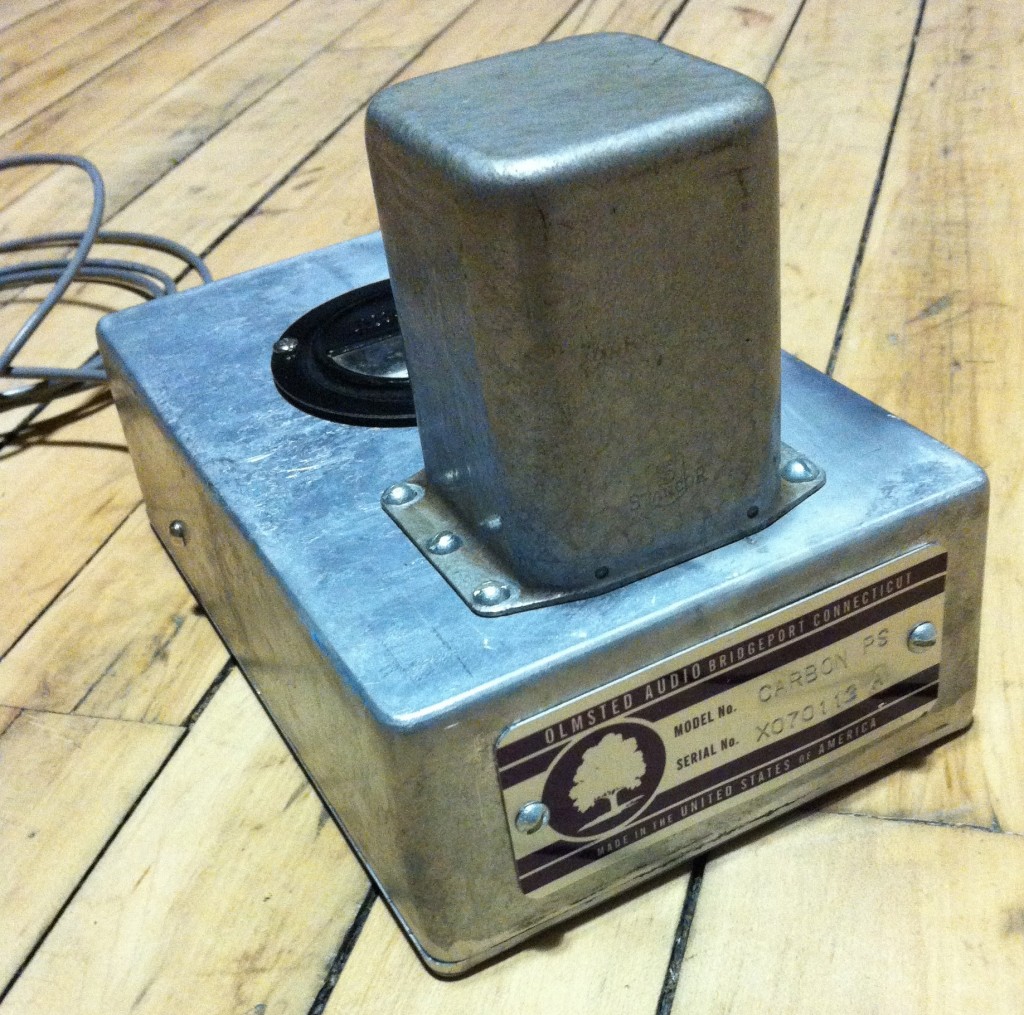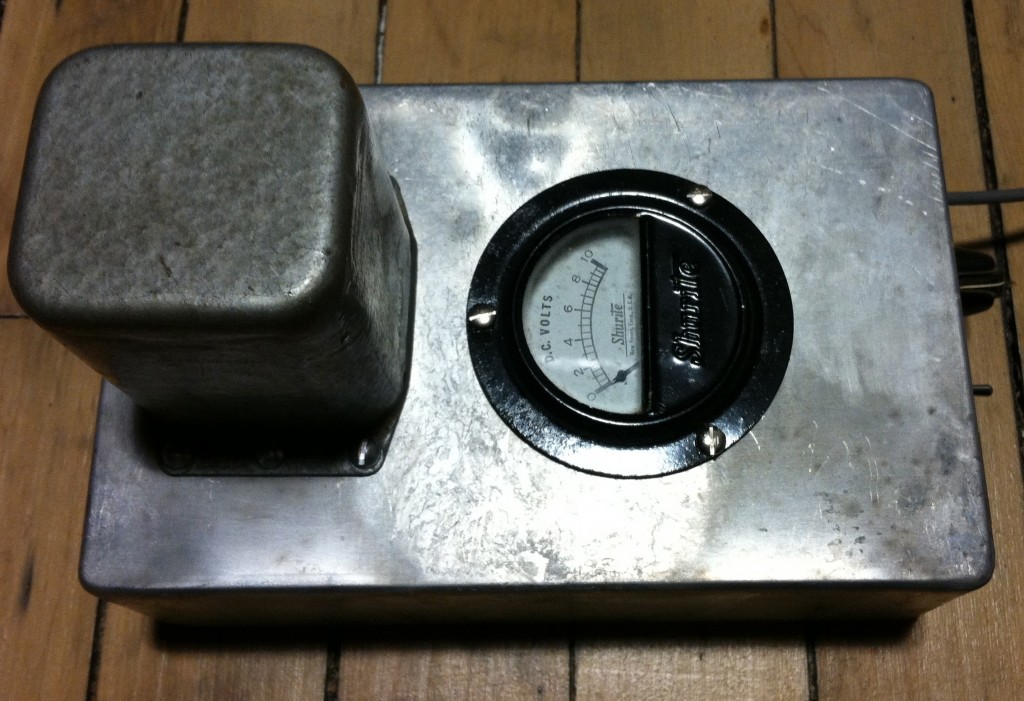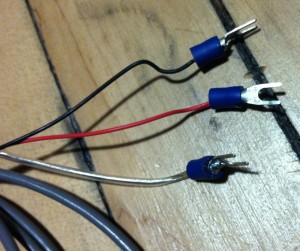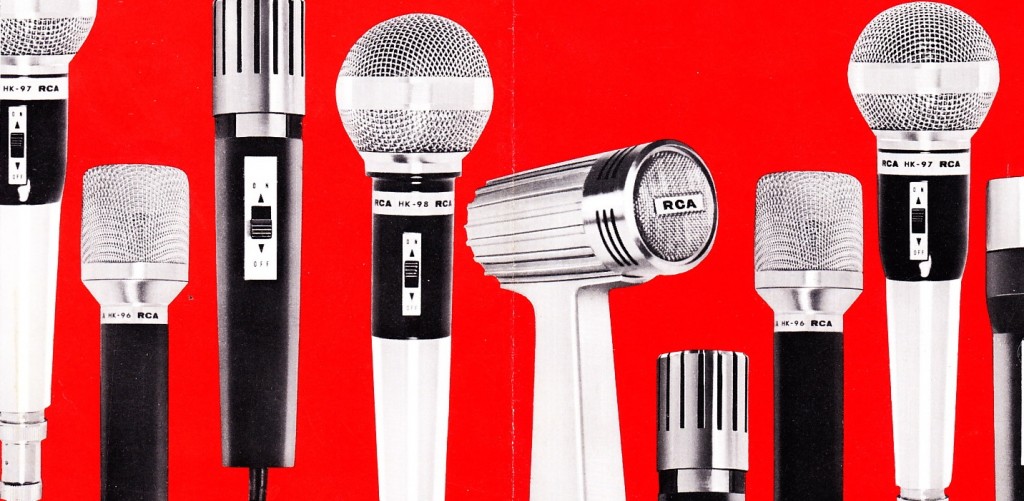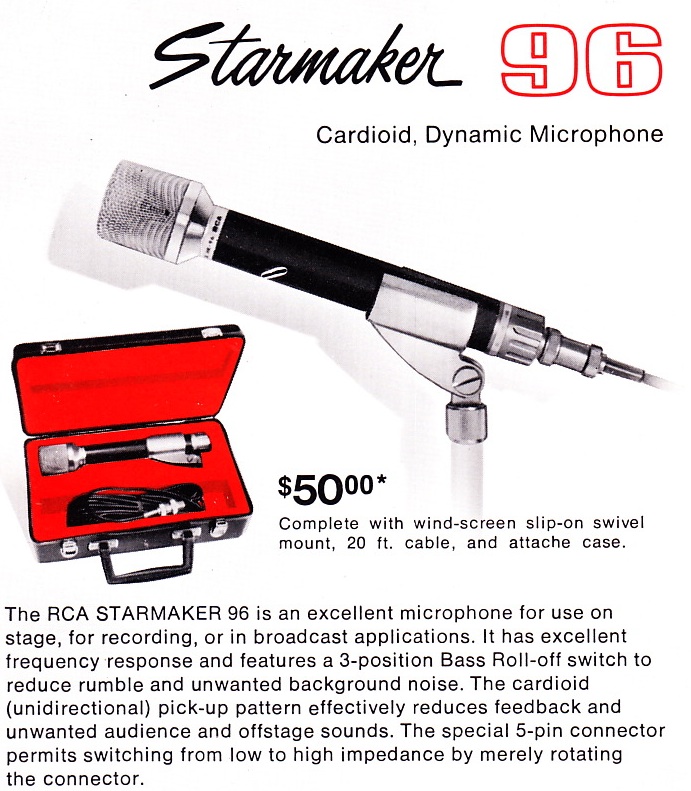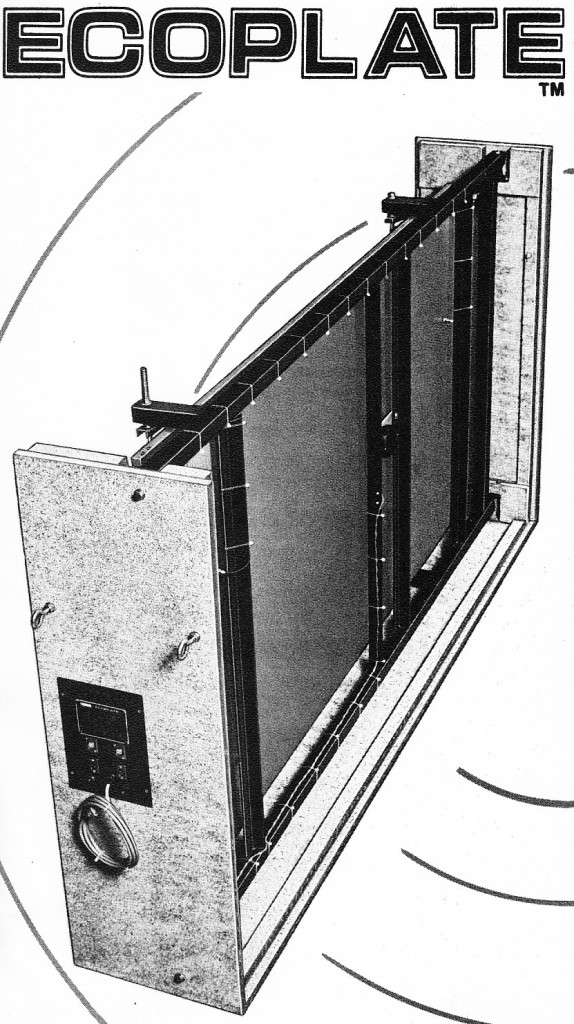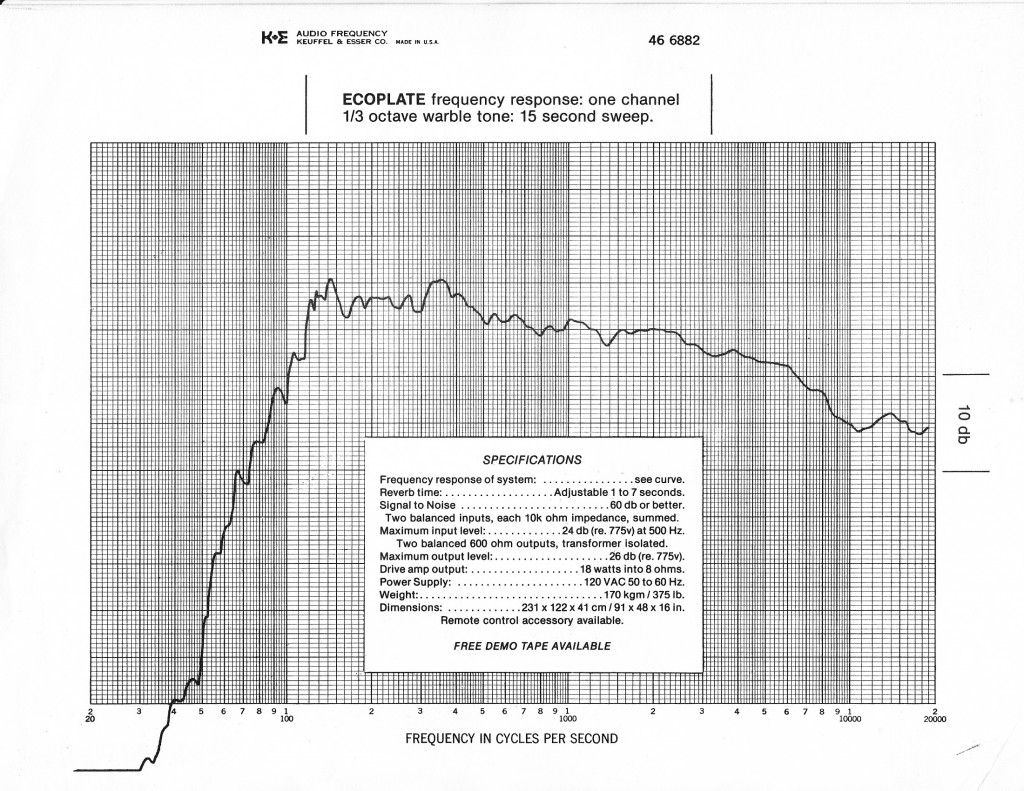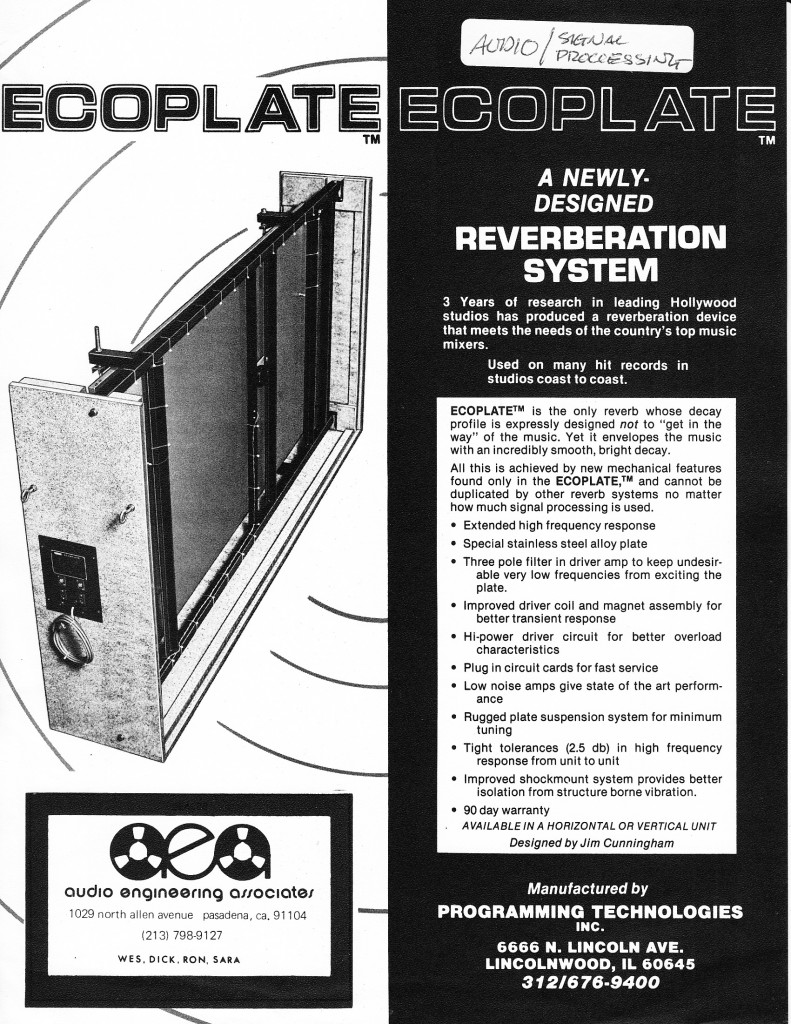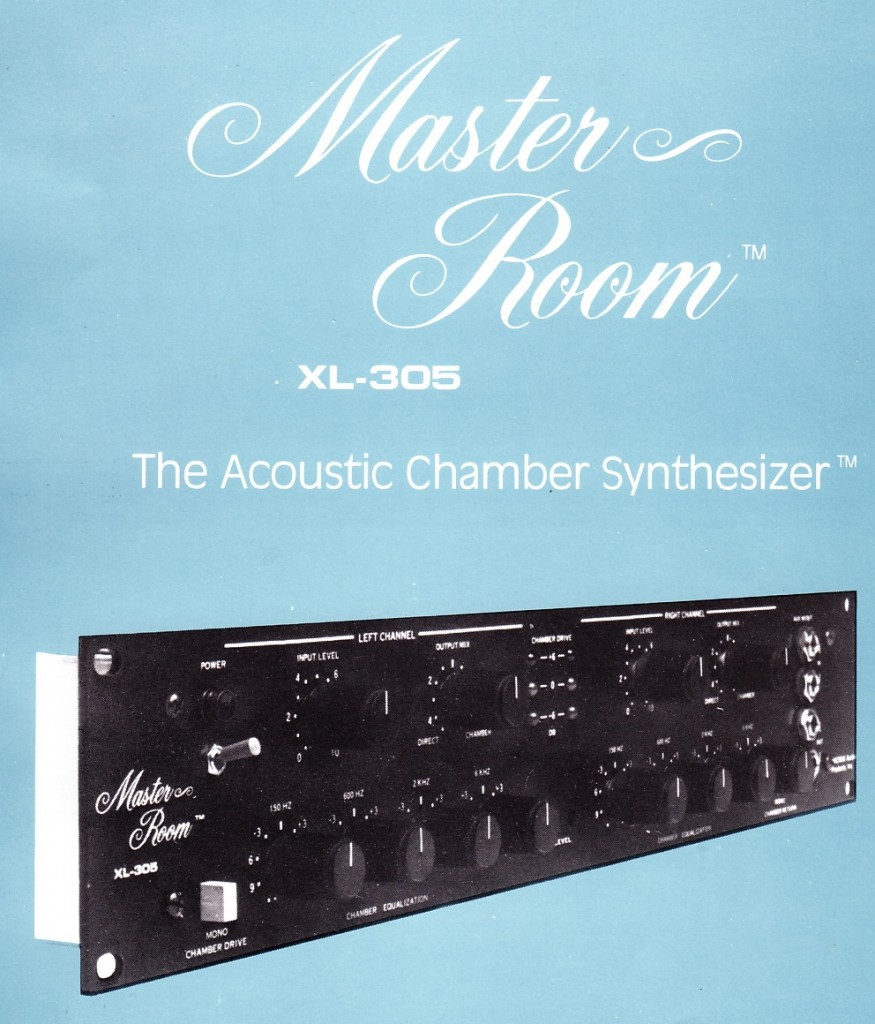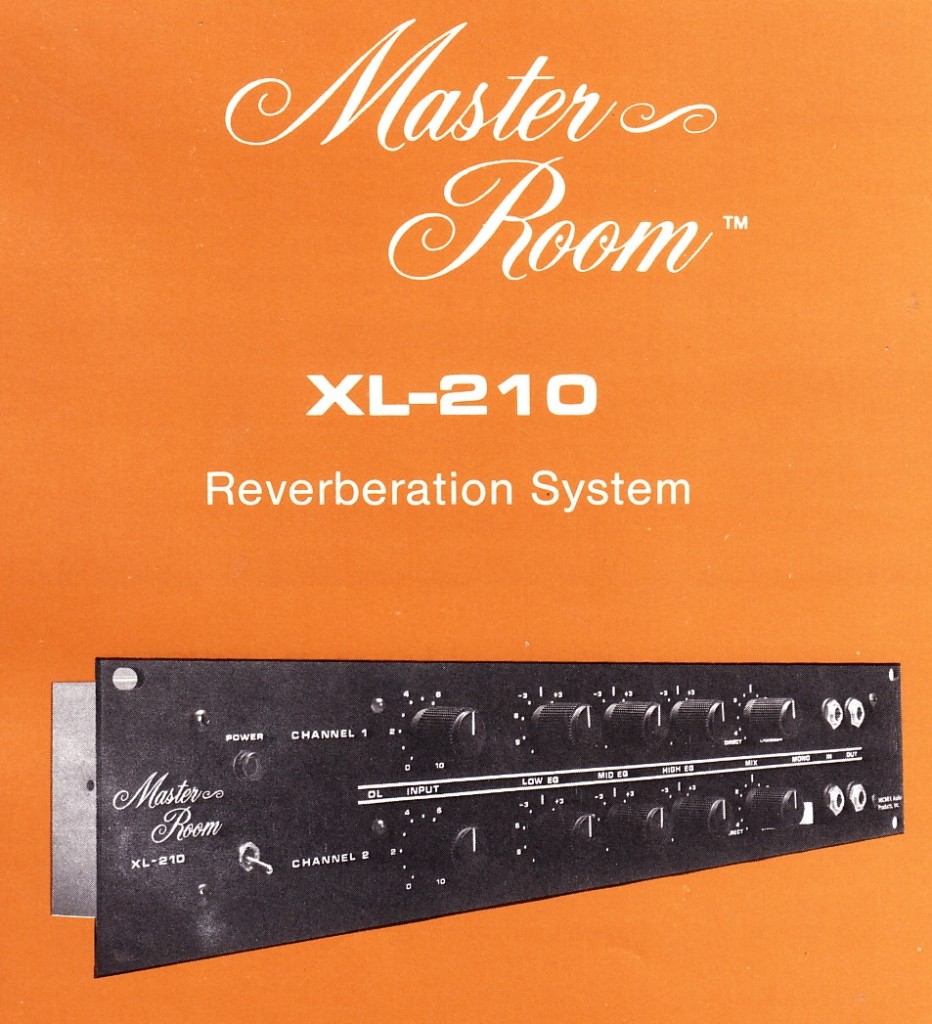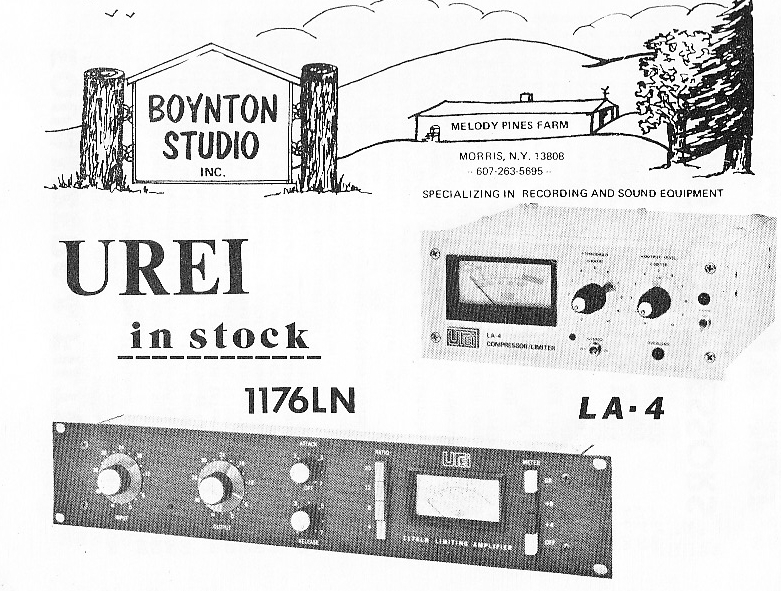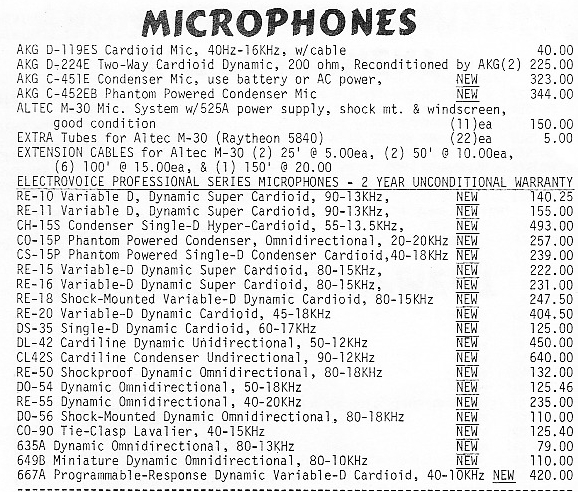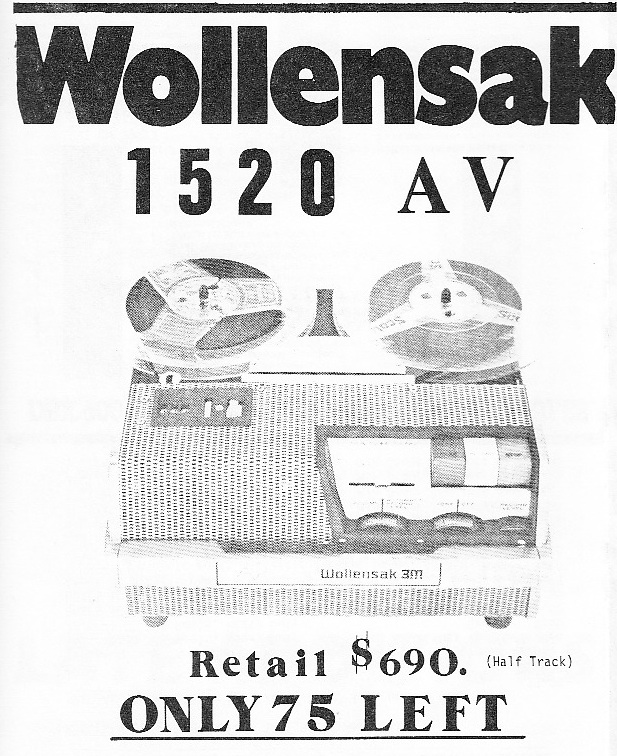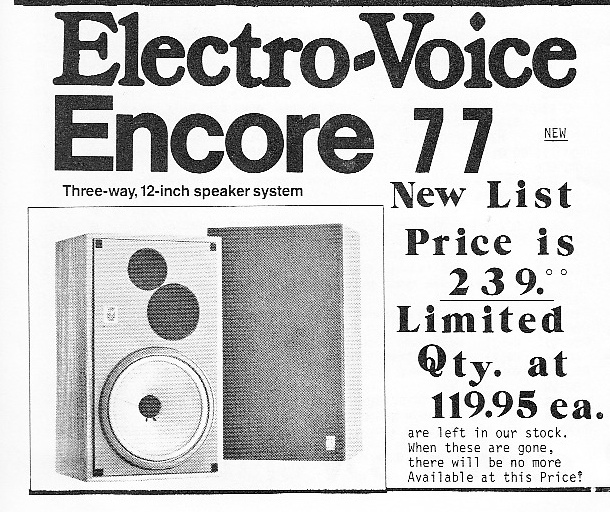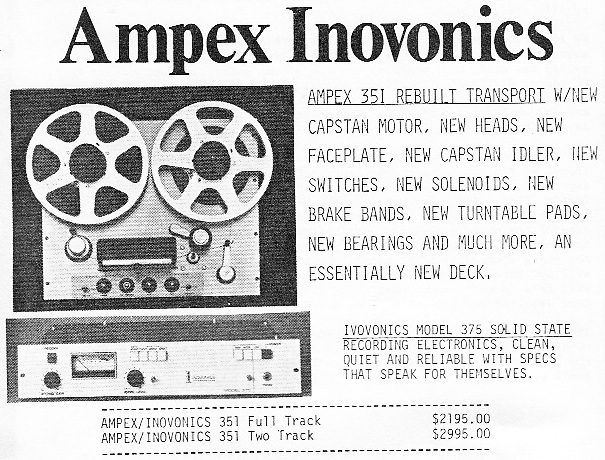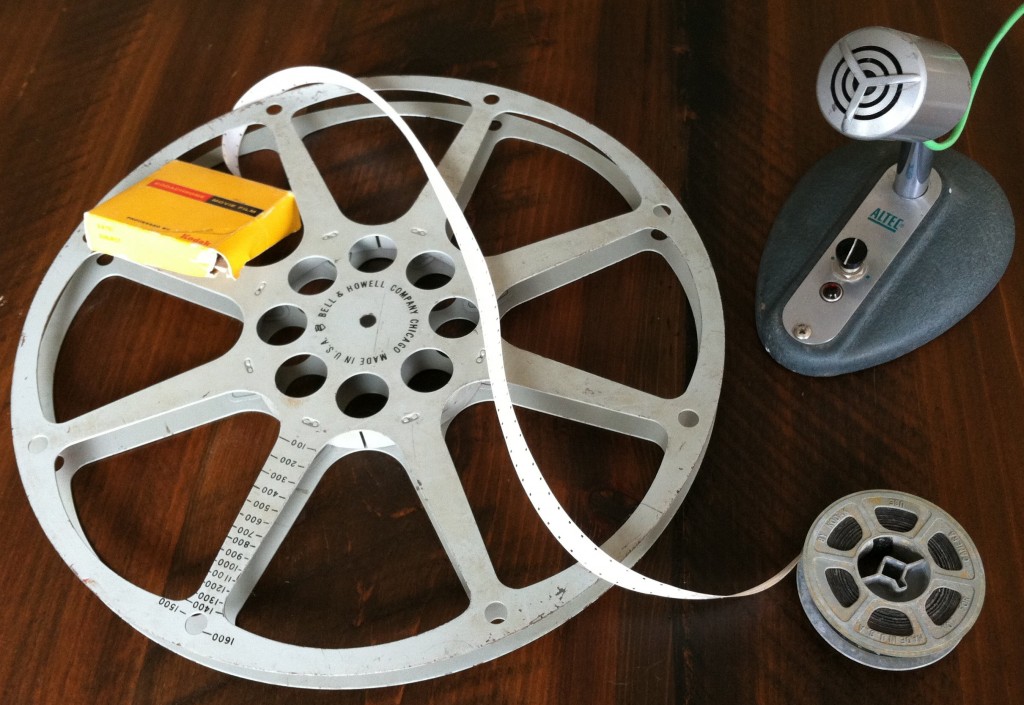 Alright! So we’ve been toiling in the summer heat here on CT’s Gold Coast to get the first three Preservation Sound videos ready for ya. Filmmaker Richard Ruggiero has put these together, and we plan on making a new show every two weeks or so.
Alright! So we’ve been toiling in the summer heat here on CT’s Gold Coast to get the first three Preservation Sound videos ready for ya. Filmmaker Richard Ruggiero has put these together, and we plan on making a new show every two weeks or so.
Click on the ‘VIDEO’ tab at the top of the page to view more detailed information about each video.
And… for those you who are into this sorta thing: we’ve created a Facebook page so that you can receive auto-updates on new PS dot com pieces. And you know what else, fukk it, I am done with tumblr, i love it but it’s a one-horse town, so yeah i’ve changed to instagram. Expect all the same bullshit that I used to post to tumblr, but now with cliche shading/vignetting.
Click any of those lil graphic icons at the upper right to check out the new Fbook, twitter, and instagram. Paul Weller, take us out…
Issue #1
Issue #2
Issue #3

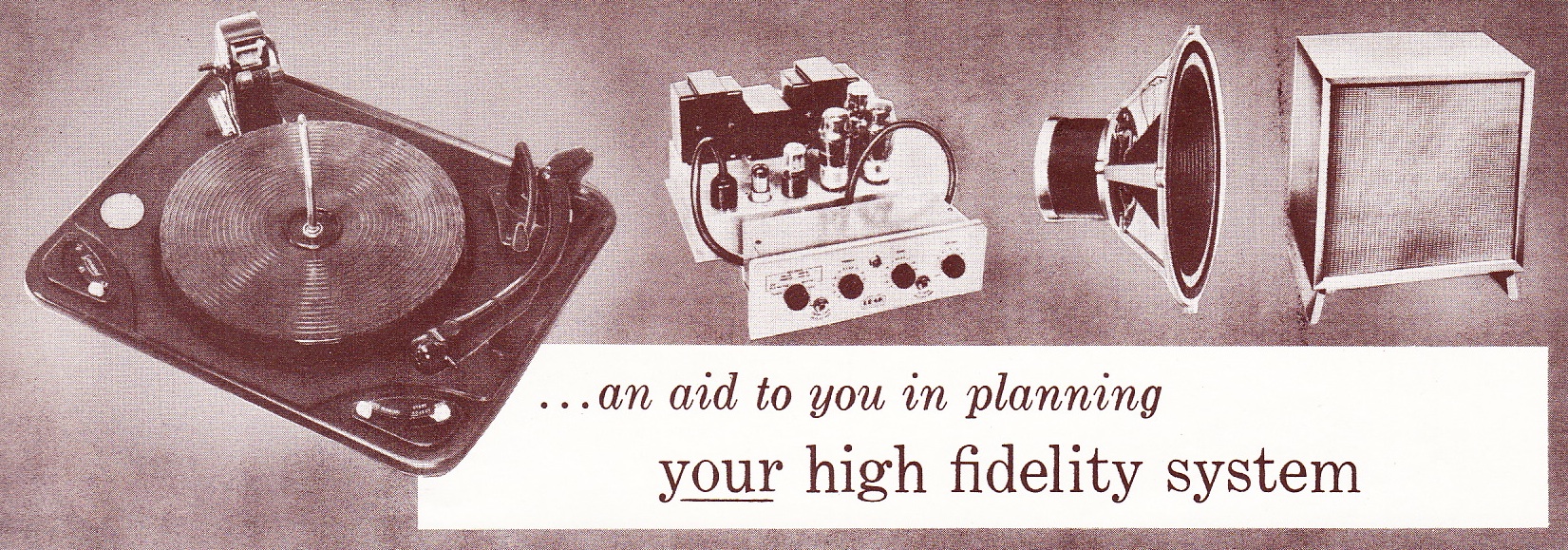 Got a pretty good one for y’all today… download the 8pp B.I.C. audio catalog circa 1955:
Got a pretty good one for y’all today… download the 8pp B.I.C. audio catalog circa 1955: